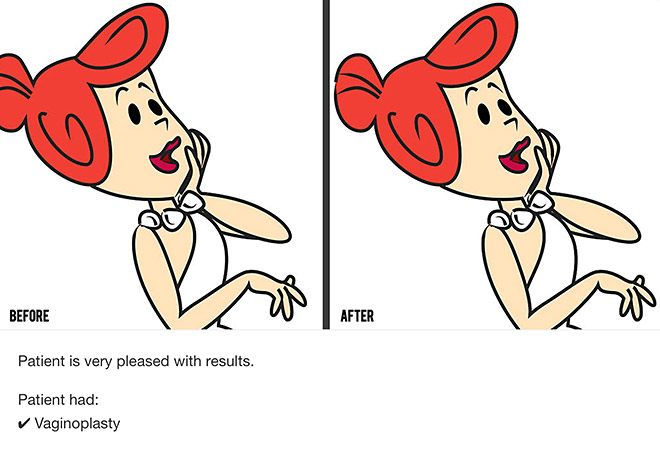We define mass murder as the intentional killing of 3 or more individuals, excluding the perpetrator, during one event, and have studied cases in both the US and overseas. […]
Immediately following a mass murder, there is a steady stream of newspaper headlines and what I call “entertainment profilers” who appear on television and proclaim that the perpetrator “snapped.” There is no known psychological term called “snapping,” but it appears to be the assumption of many that anyone who commits a mass murder has done it impulsively, without any planning or preparation, and has completely lost control. […] Our research, and others’ studies, have consistently shown that mass murderers, whether adolescents or adults, will research, plan, and prepare for their act of targeted violence over the course of days, weeks, and even months. […]
Since 1976, there have been about 20 mass murders a year. […] What was the most lethal school mass murder in US history? It was in Bath, Michigan, in 1927, and the bombing resulted in the deaths of 45 people, mostly children in the second to sixth grades. […]
The majority of adult mass murderers—not adolescent shooters—are psychotic, meaning they have broken with consensual reality, and now perceive the world in an idiosyncratic and often paranoid way. Yet they may research the internet for the appropriate weapons, practice video games to sharpen their marksmanship, purchase weapons and ammunition online, conduct surveillance of the target, probe for security protecting the target, and tactically carry out their mass murder, all from within a delusion. Paradoxically, delusions may help the mass murderer eliminate any ambivalence in his mind, and commit him irrevocably to a path of homicidal destruction. Our research has also found that mass murderers who are psychotic have a higher casualty rate than those who are not. Typically they will select victims who are complete strangers, yet in their mind those strangers make up a “pseudocommunity” of persecutors bent on their destruction. […]
[T]here is a warning behavior that is quite frequent: mass murderers, both adolescents and adults, will leak their intent to others. This leakage has been defined by us as the communication to a third party of an intent to attack a target; put more simply, it is a phrase expressed to another, or posted on the internet, that raises concern. It may be overt: “I’m going to kill my supervisor and his cohorts tomorrow”; or it may be covert: “don’t come to work tomorrow, but watch the news.” The logical consequence of such comments should be to alert someone in a position of authority; however, most people don’t. The sad reality is that the leakage surfaces after the event, with the rationale, “I just didn’t think he was serious.”
{ Psychiatric Times | Continue reading }
 Dying man saved by stranger he accidentally rang for help who mistook him for a heavy breather.
Dying man saved by stranger he accidentally rang for help who mistook him for a heavy breather.





















